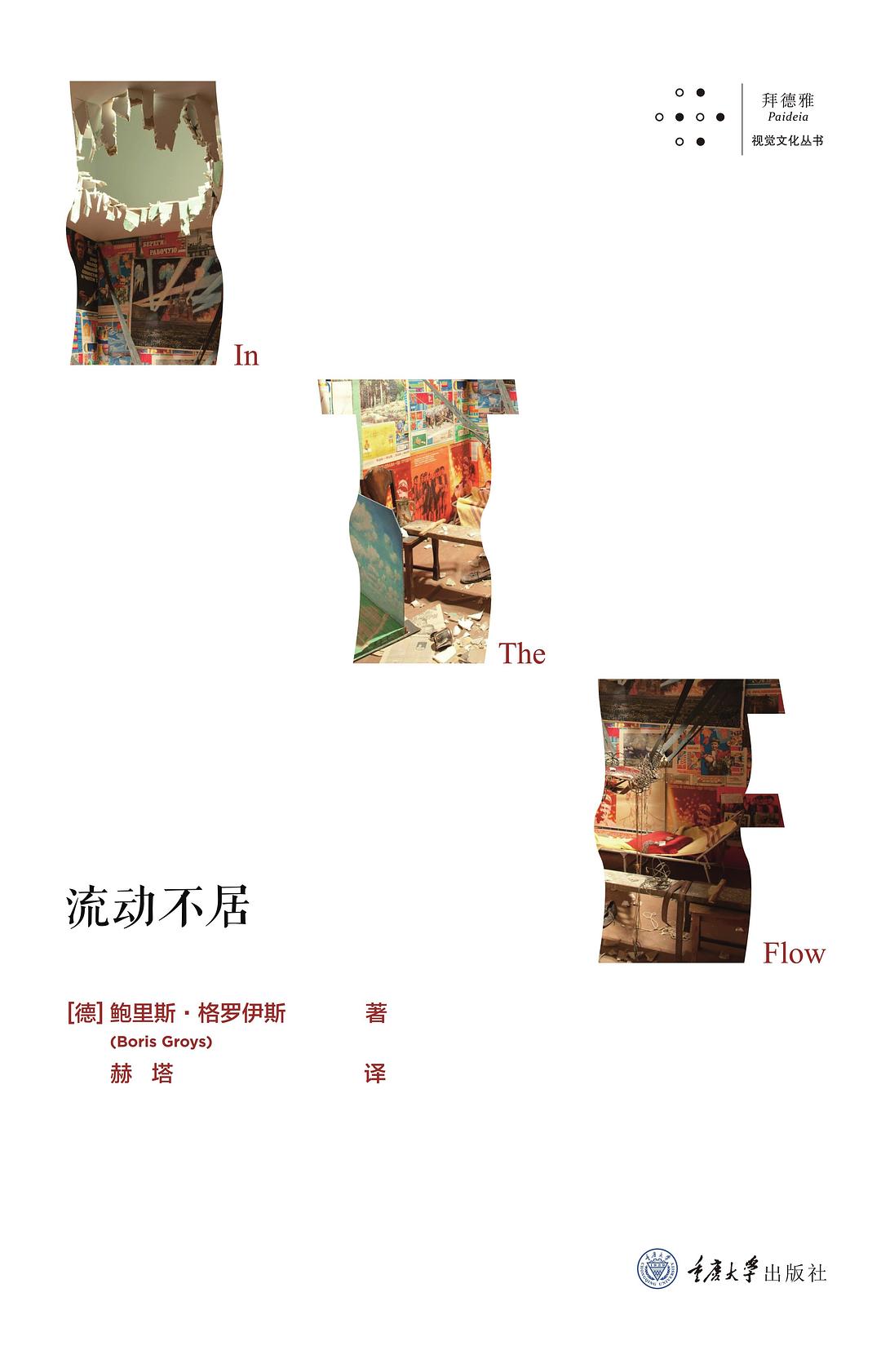WULOLIFE
《流动不居》作者: [德]鲍里斯·格罗伊斯 译者: 赫塔出版社: 重庆大学出版社
《流动不居》作者: [德]鲍里斯·格罗伊斯 译者: 赫塔出版社: 重庆大学出版社
Couldn't load pickup availability
Description
内容简介· · · · · ·
-编辑推荐-
○ 在民主与平等观念日益深入人心的今天,保藏昔日艺术的博物馆体制正遭受猛烈抨击
为什么有些被博物馆赋予特权的东西被我们称为艺术品,得到我们社会的精心保护和修缮;但另一些东西则被交付给时间的摧枯拉朽之力,没有人在意它们最终的瓦解和消失?
● 艺术抵挡时间的流动 VS 艺术进入时间的流动
过去,人们通过艺术去搁置行动生活的流动,抽出时间去沉思图像。然而,如果我们今天将艺术品推入时间的洪流,使其命运与其他寻常事物没有任何区别,我们还能够谈论艺术吗?
○ 艺术的流变学:顶级艺术理论家对互联网时代的艺术的真知灼见
在我们的时代,博物馆已不再是一个永久收藏之地,互联网成为艺术作品(实践)更多人将艺术作为流动的事物来讨论。今天,互联网上处于流动中的艺术比以往任何时候都能得到更好的记录和保存。
-内容简介-
20世纪早期,艺术新精神之下受到批遭到公然反对,随后艺术作品被理解为只不过是物品。这是对现实主义的一种攻击,也是对博物馆传统的保护性使命的攻击。备受赞誉的艺术理论家鲍里斯•格罗伊斯认为,这种情况导致了“直接现实主义”的发展:这种艺术不生产物品,而生产不会留存下来的实践(从行为艺术到关系美学)。但一个多世纪过去了,这个方向上的每一次进步都迅速带来了保存艺术独特性的新方法。
在这部重要的著作中,格罗伊斯描绘了这种张力产生的悖论,探索了无物品媒介(互联网)时代的艺术。格罗伊斯断言,如果说机械复制给了我们没有灵晕的物品,那么数字复制生成的便是没有物品的灵晕,其所有物质性都转化成当下之短暂易逝的标志。
-专家推荐-
《流动不居》不仅切实记述了鲍里斯•格罗伊斯在写作这本书时敏锐的思考状态,还预示了读者将围绕着我们时代最普遍的一些文化结构——博物馆、档案馆、互联网——展或流动性)的过程中,本书的每一章都阐明了一些当代术语与概念(比如,“行动主义”、“参与”、“审美化”、“感染”、“越界”)的新潜力。《流动不居》提出了令人耳目一新的艺术理论方法,为观念在付诸实践时保持可变开辟了可能性。
凯特•富勒(Kate Fowle),莫斯科车库艺术博物馆前首席策展人、纽约MoMA SP1前馆长
大多数关于当代艺术与当代生活之间的交集的文章,往往都会立刻屈服于时髦的现在主义(presentism)的诱惑,或是缓慢却感伤。格罗伊斯的这些文章并非如此。《流动不居》追踪了一个多世纪以来艺术与哲学、政治、大众媒介、生活方式、博物馆和近年来的互联网之间的复杂对话。书中谈到的有些从俄国1917年前后的先锋派艺术到其后1924—1953年时期的总体艺术作品,从克莱门特•格林伯格到谷歌,从马丁•海德格尔到朱利安•阿桑奇。格罗伊斯以异于常人的挑衅、令人叹为观止的联想跳跃和富有成效的悖论等标志性倾向写就的这些文章,阅读起来是一种挑战,也是一种乐趣。
特里•史密斯(Terry Smith),《什么是当代艺术?》(What Is Contemporary Art?)的作者
作者简介· · · · · ·
-作者简介-
鲍里斯•格罗伊斯(Boris Groys纽约大学俄罗斯与斯拉夫研究全球特聘教授、卡尔斯鲁欧洲研究生院(EGS)哲学教授。代表著作有《论新》(On the New: Stalinism, Art Power, Going Public, Stalinism
-译者简介-
赫塔,读者、编辑、译者。
